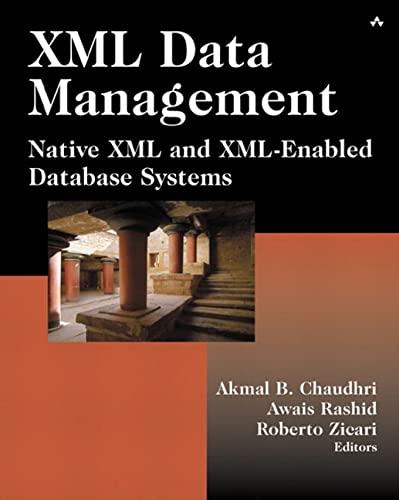Question
These are some requirements: - The BaseComputer, LaptopComputer and DesktopComputer classes must be accessed from a sealed .jar file called Domain.jar when the application is
These are some requirements:
- The BaseComputer, LaptopComputer and DesktopComputer classes must be accessed from a sealed .jar file called Domain.jar when the application is run
Application Structure The following files must exist in your solution:
ManageComputers.java: this contains the main() method for your application, and other methods as required
o When run the main() method creates the ArrayList used to store the computer data for the application. This is where user-entered data, and data loaded from a file, is stored and accessed by the application
domain package:
o BaseComputer.java: holds the CPU type (String), RAM size (int) and disk size (int) for any computer
o LaptopComputer.java: holds an instance of BaseComputer, and additionally the screen size (int) for the laptop o DesktopComputer.java: holds an instance of BaseComputer, and additionally the GPU type (String) for the desktop
MANIFEST.MF: contains the information used to seal the domain package
security.policy: the SecurityManager policy file containing permissions allowing the application to work with files in the /root/assign1Data directory
**You are tasked with writing a console-based (text-based) Java application called ManageComputers that manages information about computers for a company. The company owns laptop and desktop computers and needs to store, display and manage the data about the specifications for the machines. You will use principles from the Java Secure Coding Guidelines document in the development of this application.**
(0) Showing the menu When the application is run it should display the following menu: The user can enter a number for their selection, e.g. 3 to list the details of all the computers stored in the system.

(1) Listing the Computers (List) If the user enters 3 at the menu: 3 of 19 In this case there is no computer data available to the system yet, so the application simply redisplays the menu again. In the event that there is data for a computer(s) in the system then it should display as follows: In the example above there is data for a laptop and a desktop computer that can be displayed. The computers are numbered based upon the order they were stored in the system. Note that the data for laptop and desktop computers is a little different, i.e. laptops specify screen size as a specification detail whereas desktops specify GPU type instead.

sample output:

Step by Step Solution
There are 3 Steps involved in it
Step: 1

Get Instant Access to Expert-Tailored Solutions
See step-by-step solutions with expert insights and AI powered tools for academic success
Step: 2

Step: 3

Ace Your Homework with AI
Get the answers you need in no time with our AI-driven, step-by-step assistance
Get Started


